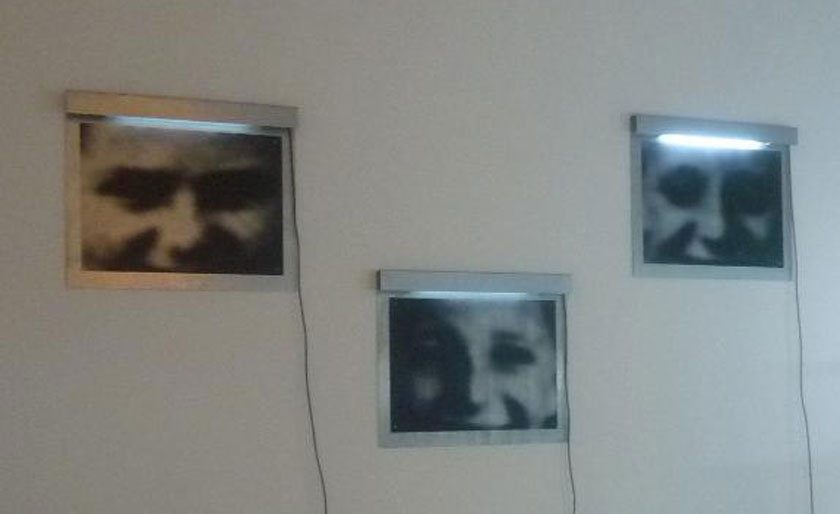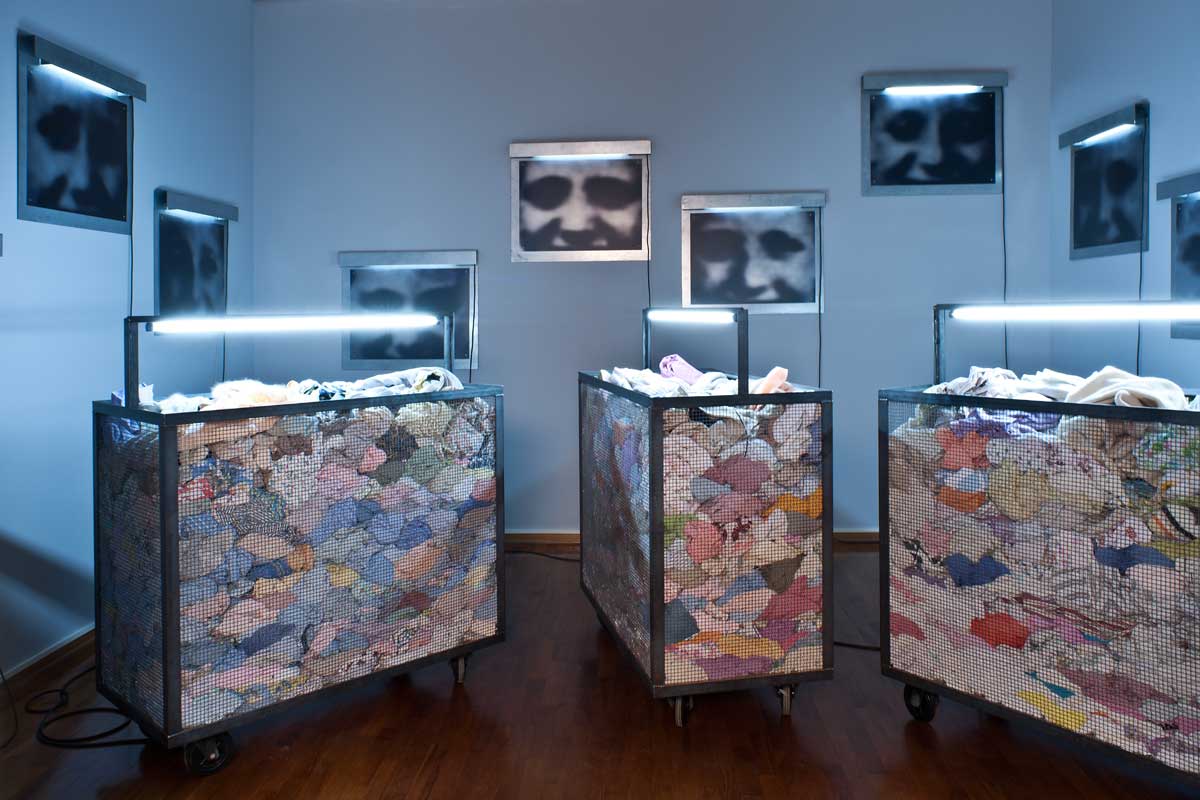“Early in my life, I spoke of my childhood and described so many things that were so false, I can no longer stand it. I have an old fool of a grandfather, a wicked father... I fabricated a childhood that is the common denominator for each of us. The more I work, the more I tend to disappear” (Christian Boltanski, Charta, 1997, p. 36). The dialogue between individual and multitude, personal pain and collective tragedy, realism and fictionalized narration, has animated the work of Christian Boltanski since the 1970s. Acclaimed as one of the most renowned living French artists, Boltanski likes to call himself a painter, although he has not touched canvas since the late 1960s. Nevertheless the installations he creates, using a variety of materials and objects, above all clothing, candles, photographs, and electric lights, maintain a strongly emotional character that can more easily be connected to painting, understood as the expressive means par excellence. [...]



